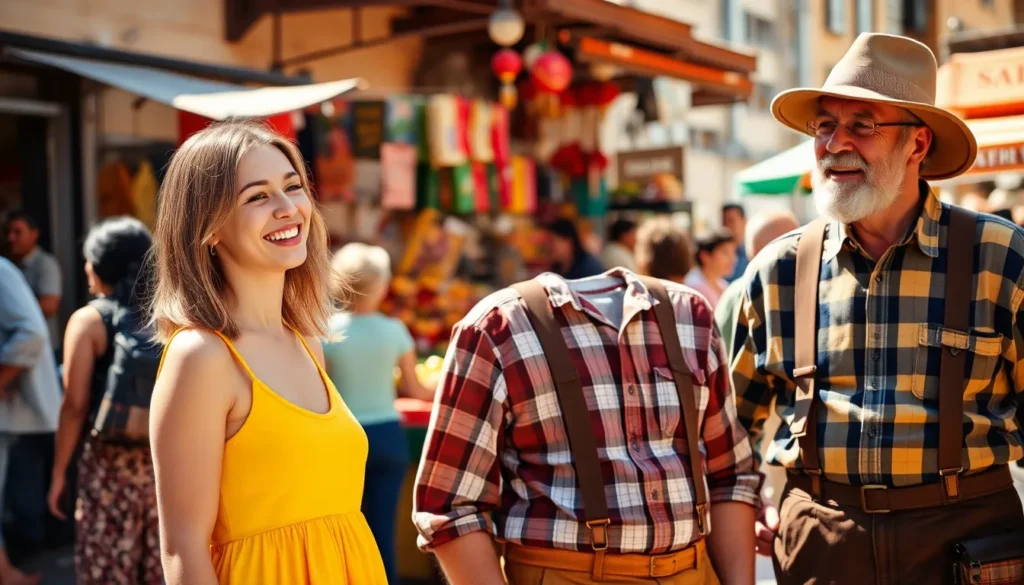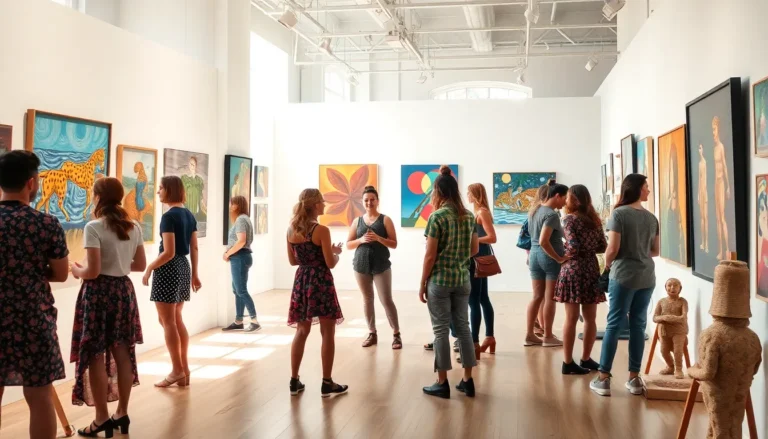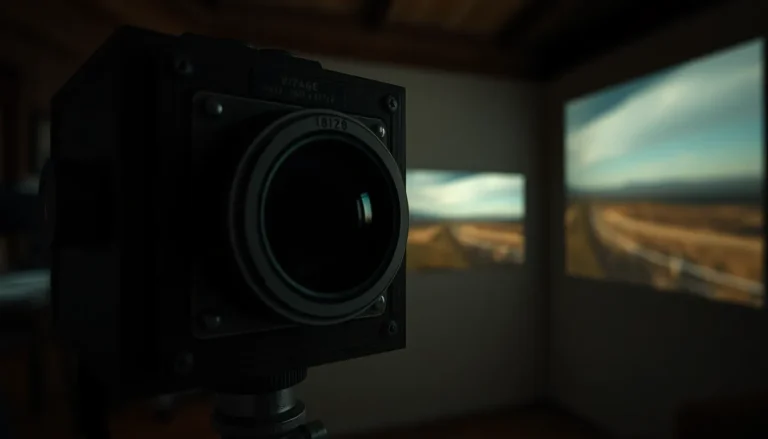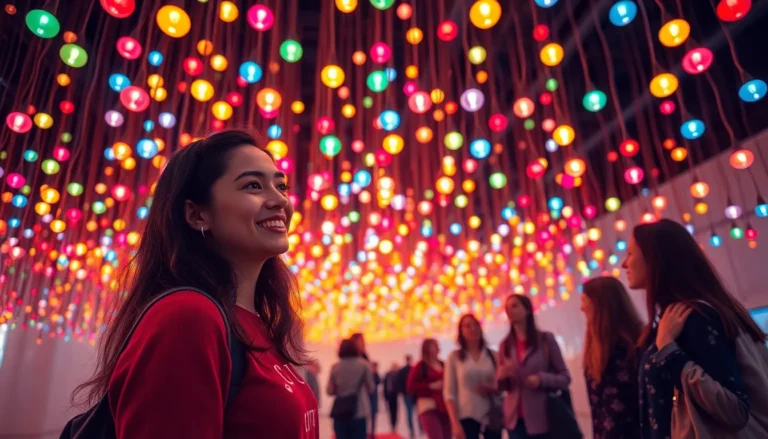Table of Contents
ToggleIn a world where everyone’s a photographer thanks to smartphones, street photography stands out like a flamboyant peacock in a flock of pigeons. It’s not just about snapping pictures; it’s about capturing life’s unscripted moments. From quirky characters to unexpected scenes, the streets are a canvas bursting with stories waiting to be told.
Overview of Photography Street
Photography street represents a vibrant art form that captivates both photographers and viewers alike. This genre emphasizes the essence of human interaction and everyday life. Cameras capture candid moments, revealing emotions and experiences unique to urban environments.
Stimulating creativity, street photography encourages artists to engage with their surroundings. Elements like lighting, composition, and timing play crucial roles in crafting impactful images. Diverse characters populate the frame, offering insightful narratives that reflect society’s pulse.
Photographers often explore various techniques to enhance storytelling. Techniques such as long exposures or candid shots invite viewers to immerse themselves in the scene. Engaging images showcase contrasts in emotion, color, and movement, drawing observers into the moment.
Public spaces serve as ideal backdrops for this genre. Streets, parks, and marketplaces provide dynamic stages filled with opportunities for discovery. Photographers may find inspiration in the mundane, transforming ordinary scenes into extraordinary visual stories.
Cultivating a unique perspective becomes essential in street photography. Observing patterns in behavior or fleeting encounters can unleash creativity. Participating in workshops or joining communities can also enhance skills and provide valuable feedback.
Technological advancements, particularly in smartphone photography, expanded accessibility for enthusiasts. While inviting casual snapshots, the core of street photography remains rooted in intentionality and connection. He or she who captures the authentic spirit of life elevates the art form and resonates with audiences.
Importance of Photography Street
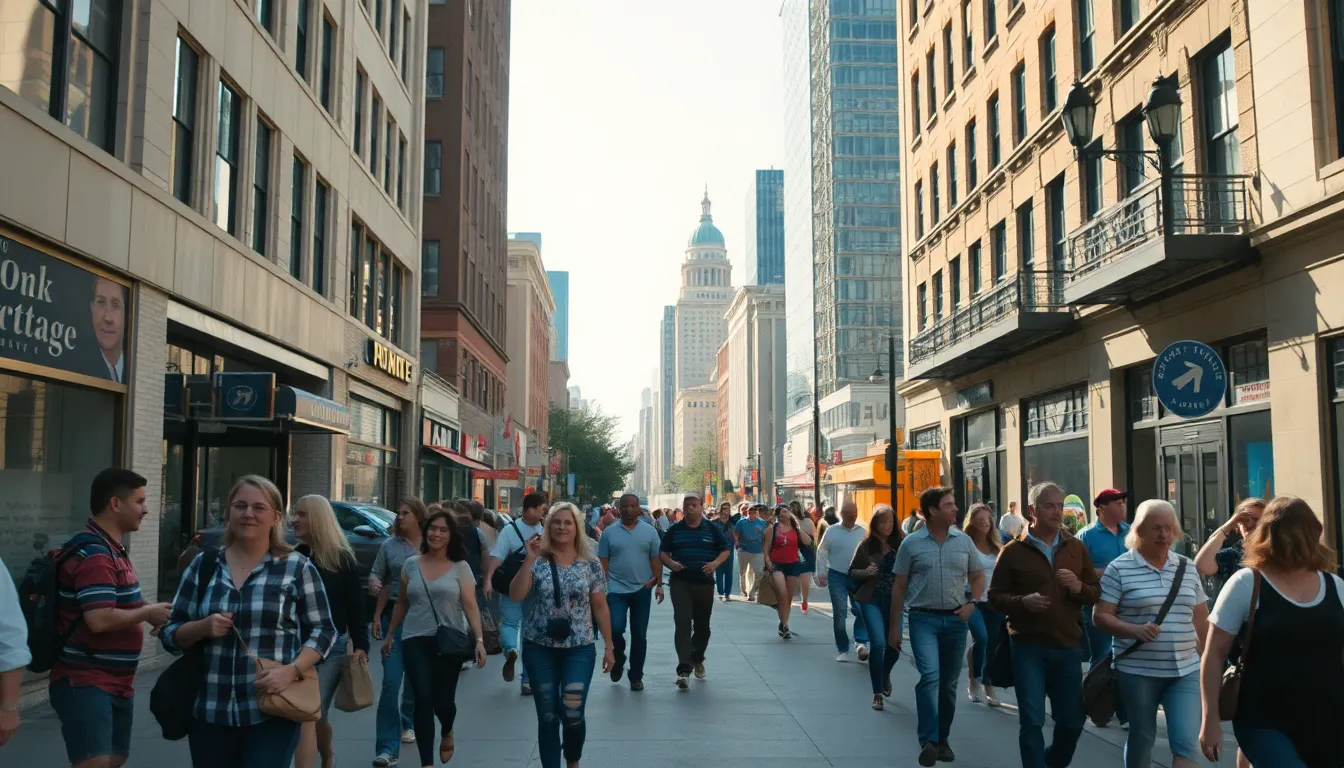
Street photography holds significant importance as it captures the essence of everyday life in its various forms. This art form tells stories that unfold in public spaces, bringing moments alive through the lens.
Capturing Everyday Life
Everyday life provides a rich tapestry of scenes for street photographers. They document candid expressions and interactions that reveal human emotion. Each snapshot reflects the vibrancy of community and culture. Unique stories emerge from spontaneous moments, showcasing the beauty found in the mundane. With a keen eye, photographers transform routine encounters into powerful narratives. This authenticity resonates with viewers, allowing them to connect on a personal level. The visual impact of these images encourages appreciation for diverse perspectives.
Understanding Urban Landscapes
Urban landscapes serve as versatile backdrops in street photography. Photographers explore architecture, light, and the movement of people within these environments. Each element contributes to the overall narrative, emphasizing the dynamic nature of city life. Observing patterns in these settings often sparks creativity, allowing photographers to capture striking compositions. The interplay between human presence and urban structure creates compelling visuals. Street photography highlights the relationship between individuals and their surroundings, reflecting cultural and societal shifts. Understanding these landscapes enriches the storytelling aspect of each photograph.
Techniques for Effective Photography Street
Utilizing effective techniques enhances street photography and refines storytelling.
Composition Tips
Strong composition directs viewers’ attention to the subject. Use the rule of thirds to create balance in images. Framing subjects with surrounding elements adds context and depth. Focus on leading lines; these can guide the eye through the photograph. Including foreground elements enriches the scene, providing layers for viewers to explore. Conversely, simplicity can strengthen the impact; minimal backgrounds often highlight the subject. Experimenting with different angles reveals unique perspectives. Capturing candid moments often results in genuine expressions; patience is key when waiting for spontaneous interactions.
Lighting Considerations
Natural light shapes mood and enhances images. Early mornings and late afternoons present soft light; these golden hours add warmth and depth. Direct sunlight can create harsh shadows, but it also emphasizes texture and detail. Positioning subjects strategically relative to the light source minimizes undesirable glare. Using reflectors or diffusers can help manipulate light for desired effects. Shadow play can bring dramatic elements into photos. Additionally, shooting in overcast conditions results in even lighting, reducing harsh contrasts and flattering subjects. Understanding how light interacts with various surfaces enriches the overall aesthetic quality of images.
Notable Historical Figures in Photography Street
Henri Cartier-Bresson stands as a pioneering figure in street photography. His concept of the “decisive moment” revolutionized how photographers capture fleeting occurrences. As a member of the Magnum Photos cooperative, he influenced generations of photographers with his candid style and ability to encapsulate human emotion.
Garry Winogrand made significant contributions to the genre in the 20th century. Known for his spontaneous approach, he explored everyday American life through his lens. Winogrand’s work often emphasized the chaotic and vibrant nature of urban settings, leaving behind a rich visual legacy.
Diane Arbus is celebrated for her unique perspective on social outcasts and marginalized individuals. Her intimate portraits tell powerful stories, expressing both vulnerability and strength. Arbus’s focus on unconventional subjects broadened the understanding of street photography and its boundaries.
Robert Frank’s seminal work “The Americans” reshaped the perception of American culture. His images combine elements of street photography with social commentary, highlighting the complexities of life in the mid-20th century. Frank’s unconventional style encouraged photographers to explore narrative depth within their images.
Vivian Maier gained posthumous recognition for her impressive body of work. A nanny by profession, she documented everyday urban life through her camera, creating a unique visual diary. Maier’s eye for detail and composition captures moments often overlooked, showcasing the beauty in ordinary experiences.
These figures not only pioneered techniques but also expanded the narrative possibilities within street photography. Their contributions shape the current landscape, encouraging new photographers to engage with their environments authentically. Each figured prominently influenced how stories unfold through photographic lenses, inspiring ongoing exploration within the genre.
Street photography stands as a powerful medium that captures the essence of daily life and human connection. It invites photographers to explore their surroundings with intentionality and creativity. By engaging with the vibrant narratives unfolding in public spaces, they can transform ordinary moments into extraordinary stories.
The techniques and insights shared in this genre not only enhance visual storytelling but also deepen the understanding of urban life. As photographers hone their skills and develop their unique perspectives, they contribute to the rich tapestry of street photography. This art form continues to inspire both creators and viewers alike, celebrating the beauty found in the spontaneous moments that define our shared experiences.

